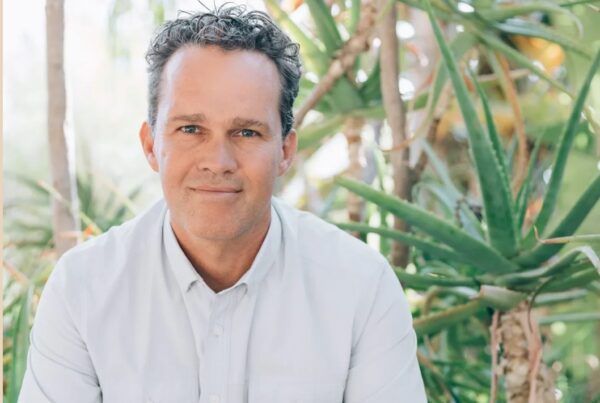Over the past year, in-person conversations have once again become the cornerstone of human interaction. They facilitate the sharing of stories, the exchange of ideas, and the establishment of connections among us. Nevertheless, for those with hearing loss, this simple act can become a significant challenge, jeopardizing their social bonds and overall well-being. By Brian Taylor, hearing specialist and director of audiology.
The future of hearing technology innovation
Research has shown that people with hearing loss often struggle to follow group conversations. Even those who have already embraced the use of hearing aids express frustration when attempting to engage with multiple people simultaneously, especially in noisy environments. Consequently, they experience fatigue, and some opt to withdraw from social situations, ultimately risking physical and cognitive health.
While hearing aid technology has made significant advancements in amplifying speech and reducing background noise, the next critical frontier is expanding the focus to empower hearing aid users not only to hear better but also to actively engage in group conversations.
This means improving their ability to interact with the person in front of them and participate effectively in discussions involving multiple people, especially in noisy environments. The challenge goes beyond just improving hearing; it’s about enabling meaningful communication for those with hearing loss.
The Next Era of Hearing Technology
Making listening easier involves more than just hearing words better. It also means understanding who is speaking, when they’re talking, and where their voice is coming from. It’s like sensing how the surrounding sounds change as people come and go or move around in the room. People with hearing loss need a smarter way to process these sounds.
Enter split processing, a technology that splits the sounds you hear into two parts: one being the main focus, like someone’s voice, and the other being the background noise.
Hearing aids equipped with split processing technology can determine what’s important for a hearing aid wearer to hear, like a friend’s voice, what’s important for understanding the situation, and what’s just noise that can be suppressed. Hearing aids with split processing technology process these different parts separately, so the wearer experiences far greater speech clarity despite the surrounding noise.
These hearing aids also feature sensors and directional microphones to adjust as necessary. Based on this capability and the ability to split sound inputs into separate channels, hearing aid technology can do what hasn’t yet been possible: improve hearing aid wearers’ engagement in group conversations.
A new era in hearing loss technology
At Signia, we’re working hard to usher in this next generation of hearing technology that handles multiple streams by identifying primary and secondary speakers, sensing the proximity and importance of their speech, and adjusting in real-time as people enter or leave the conversation. Technology does this all while preserving background sounds to improve situational awareness even as it tones down noisy distractions, so dynamic conversations can remain dynamic for all participants.
This new era of hearing technology – which we call the Integrated Xperience platform – leverages the insights into the wearer’s head movements and changing positions of speakers to ensure uninterrupted engagement in even the most noisy, immersive environments – creating more engaging conversations that allow wearer’s to truly contribute and ultimately enjoy a more rich and meaningful life.
Enhanced Well-Being
Ultimately, clearer conversation benefits all involved because it minimizes the gaps that occur when those with hearing loss contribute. Researchers in The Journal of Cognition estimate that “turn-taking” in a conversation happens in milliseconds, a process that can be taxing for people with hearing loss, especially in noisy situations. Hearing aids help improve these “turn starts,” thereby improving healthy, conversational dynamics. In this way, the hearing aid becomes a true listening aid.
Research continues to find that hearing loss can lead to social isolation and cognitive decline as sufferers struggle to communicate with others in everyday, immersive acoustic environments. Amplification isn’t enough to overcome this challenge.
The bottom line
Scientific evidence has affirmed the effectiveness of split processing in enhancing hearing in noisy environments, providing a promising glimpse into the future of hearing technology and improved communication. At Signia, we’re committed to pioneering the next generation of this hearing technology, with the ultimate goal of enriching social connections and relationships.
About the author

Brian Taylor
Brian Taylor is a Doctor of Audiology and Senior Director of Audiology for Signia. He is also the editor of Audiology Practices, a quarterly journal of the Academy of Doctors of Audiology, editor-at-large for Hearing Health and Technology Matters, and adjunct instructor at the University of Wisconsin.
Dr. Taylor has authored several peer-reviewed articles and textbooks and is a highly sought-after lecturer. Brian has nearly 30 years of experience as both a clinician, business manager, and university instructor.





![women [longevity live]](https://longevitylive.com/wp-content/uploads/2020/01/photo-of-women-walking-down-the-street-1116984-100x100.jpg)










